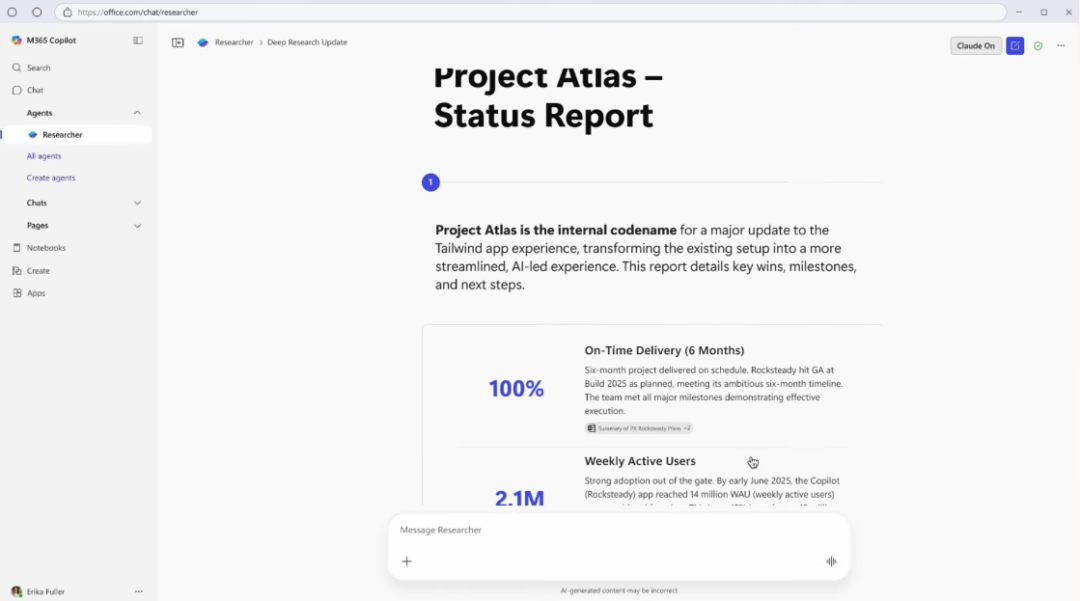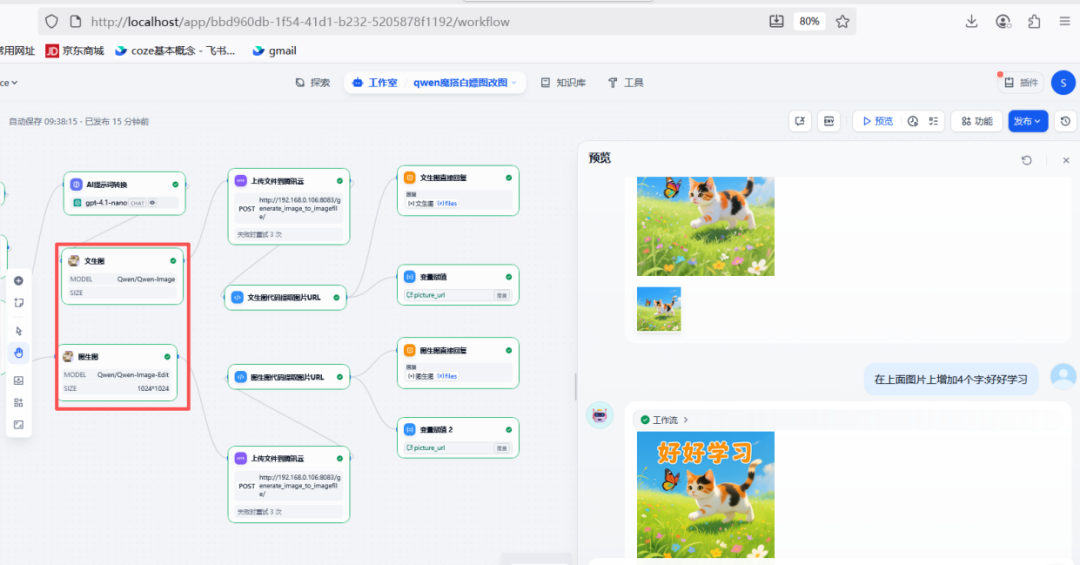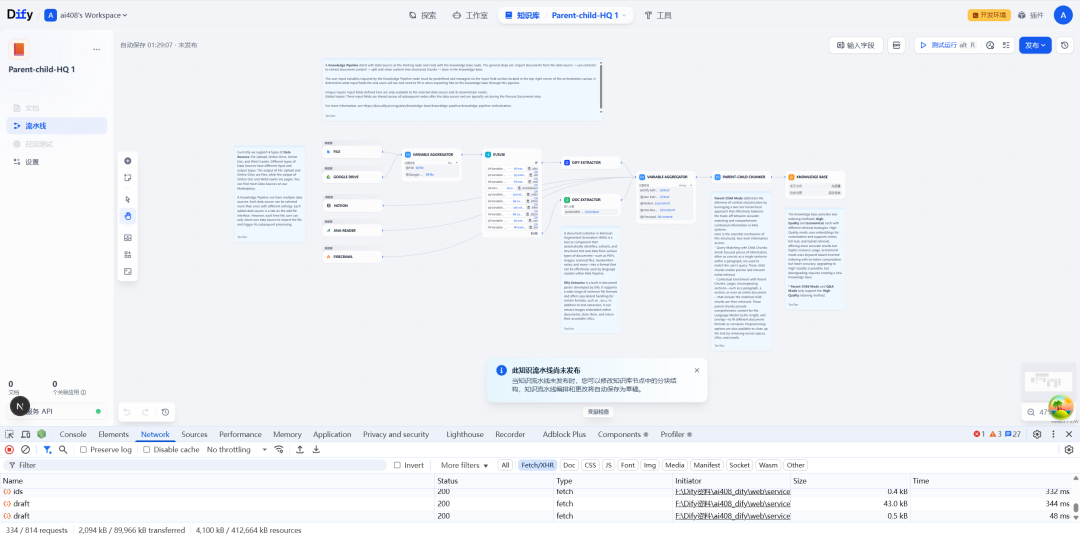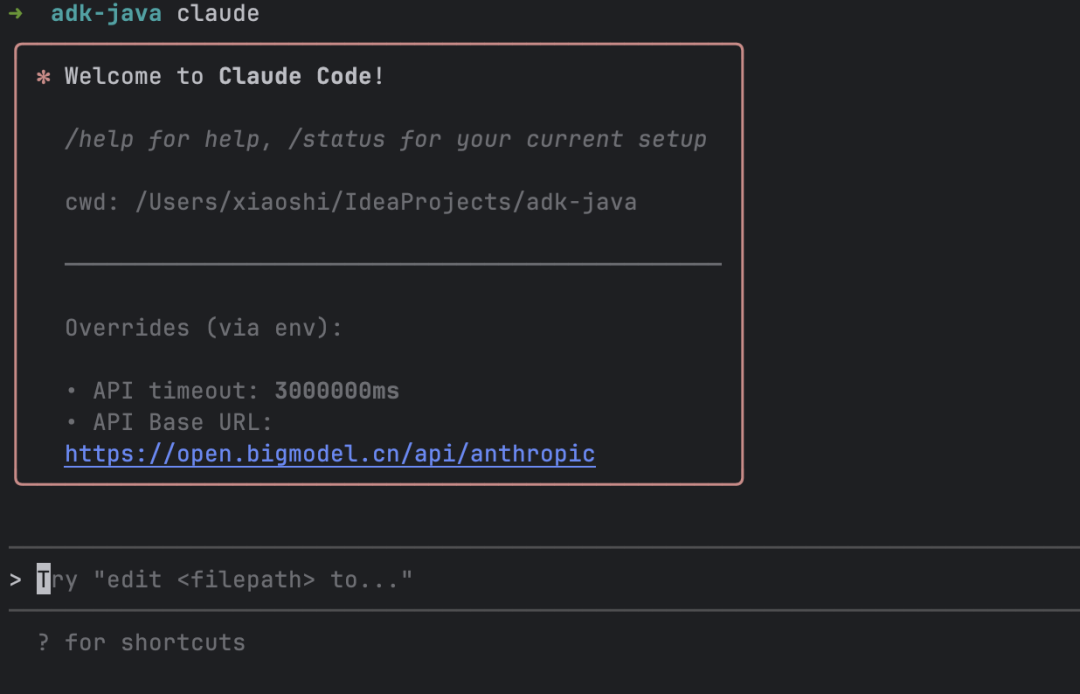Technical details of the backend AI processing system
EchoMemo's intelligent analytics engine is designed using a distributed architecture:
- Asynchronous Processing Pipeline: After the user saves the content, the system generates an analysis task and puts it into the RabbitMQ queue, and the average processing delay is controlled within 15 seconds.
- Modular Identifier: Includes separate services for text summary generation, visual element detection, speech-to-text, etc., communicating via gRPC
- Incremental learning mechanism: Weekly online updates to the model using new data to maintain recognition of Internet buzzwords
The typical content analysis process includes: video key frame extraction (1 frame per second) → image classification (ResNet152) → ASR transcription → text embedding (BERT) → feature fusion. The system handles more than 200,000 content analysis requests per day, with a peak QPS of 150, and service stability is guaranteed by AWS's EC2 auto-expansion group. In terms of privacy, all analysis data is performed under user authorization, and the original media files are deleted immediately after the analysis is completed.
This answer comes from the articleEcho Memo: a bookmarking tool that uses AI to understand and search social media contentThe

































